Cost-Effectiveness
Cost-effectiveness is a driving force in the Digital Business Card Market. Traditional paper business cards incur printing and distribution costs, which can accumulate significantly over time. In contrast, digital business cards offer a more economical solution, allowing businesses to save on printing expenses while providing a modern alternative. As organizations increasingly seek to optimize their budgets, the appeal of digital cards becomes more pronounced. Market analysis suggests that companies can reduce their marketing costs by up to 30% by transitioning to digital formats. This financial incentive is likely to encourage widespread adoption of digital business cards, further fueling growth in the industry.
Enhanced User Experience
Enhanced user experience is a critical driver in the Digital Business Card Market. As consumers become more tech-savvy, their expectations for seamless interactions rise. Digital business cards provide a user-friendly interface, allowing for easy customization and sharing. Features such as instant updates and multimedia integration enhance the overall experience, making digital cards more appealing than their traditional counterparts. Current trends indicate that user engagement with digital business cards is significantly higher, with a reported increase in retention rates. This focus on user experience is likely to attract more businesses to invest in digital solutions, thereby propelling the growth of the Digital Business Card Market.
Remote Networking Trends
The rise of remote networking trends significantly impacts the Digital Business Card Market. As professionals increasingly engage in virtual meetings and online networking events, the need for efficient digital solutions becomes paramount. The market is projected to expand as more individuals and organizations recognize the advantages of digital business cards in facilitating connections without geographical limitations. Recent studies indicate that over 60% of professionals prefer digital cards for their convenience and ease of sharing. This shift towards remote networking is likely to propel the Digital Business Card Market forward, as businesses adapt to the evolving landscape of professional interactions.
Sustainability Initiatives
The Digital Business Card Market is increasingly influenced by sustainability initiatives. As businesses strive to reduce their carbon footprint, the demand for eco-friendly solutions rises. Digital business cards, which eliminate the need for paper, align with these sustainability goals. According to recent data, the paper industry contributes significantly to deforestation and waste. By adopting digital alternatives, companies not only enhance their environmental responsibility but also appeal to eco-conscious consumers. This shift towards digital solutions is expected to drive growth in the Digital Business Card Market, as organizations seek to demonstrate their commitment to sustainability while maintaining professional networking capabilities.
Technological Advancements
Technological advancements play a pivotal role in shaping the Digital Business Card Market. The integration of augmented reality, QR codes, and NFC technology enhances the functionality of digital business cards, making them more interactive and engaging. As of October 2025, the market is witnessing a surge in the adoption of these technologies, with a projected growth rate of approximately 15% annually. This rapid evolution in technology not only improves user experience but also facilitates seamless sharing of contact information. Consequently, businesses are increasingly investing in digital solutions, recognizing the potential of these innovations to streamline networking processes and enhance brand visibility.
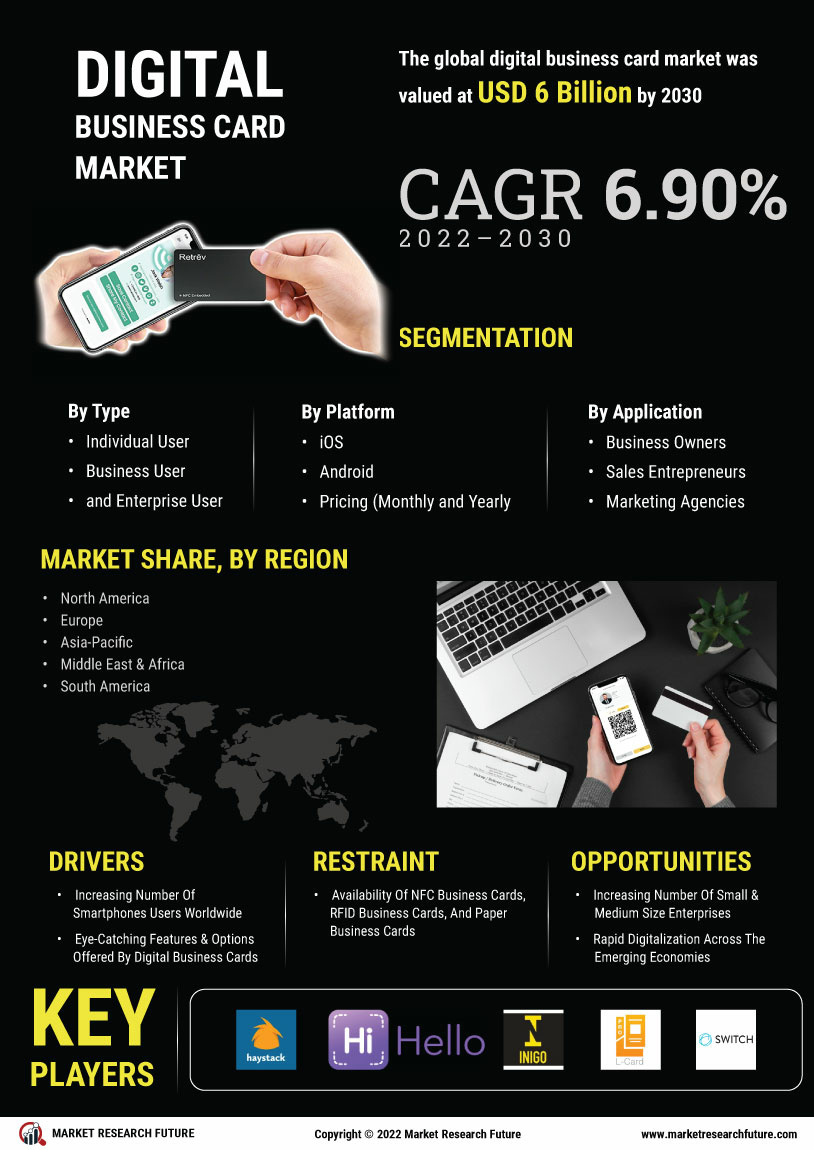

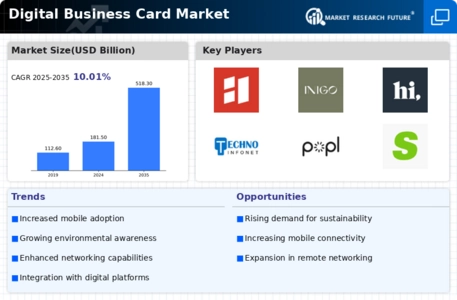
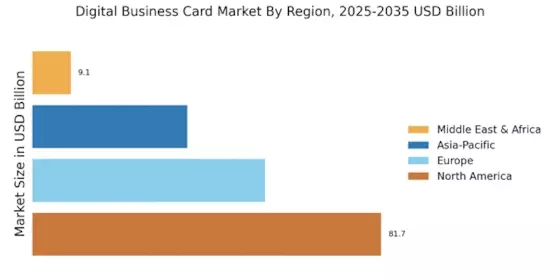
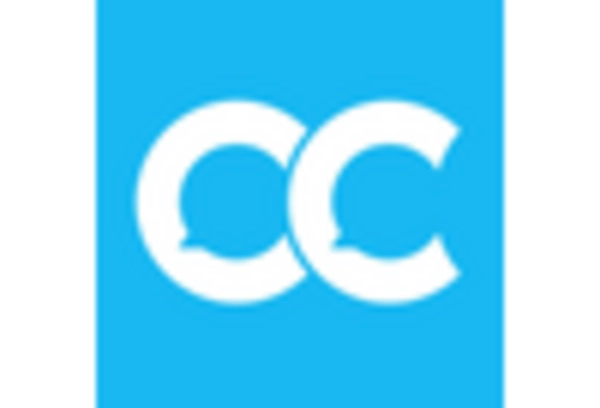
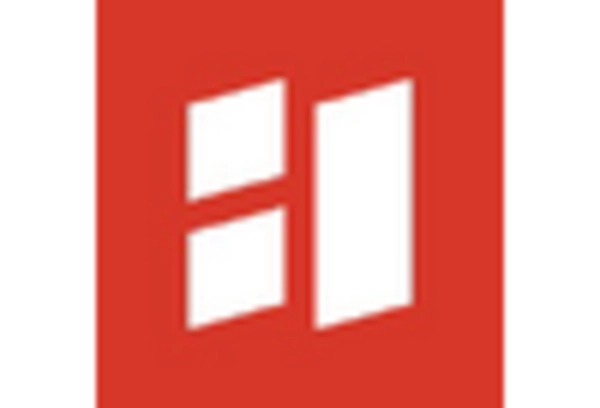
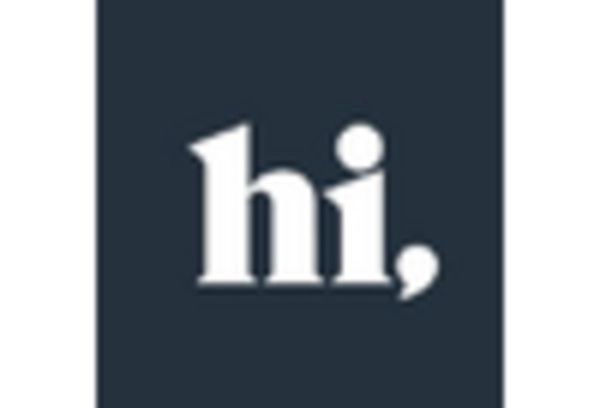
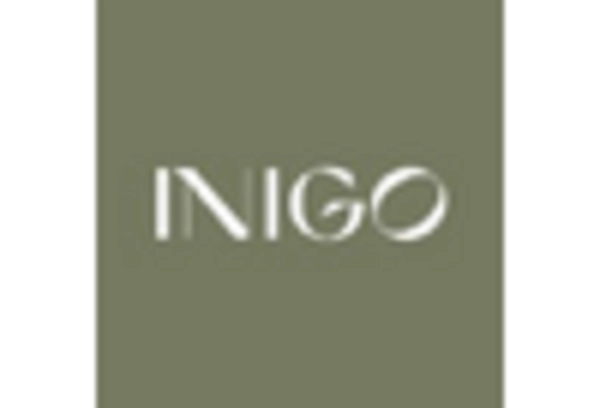
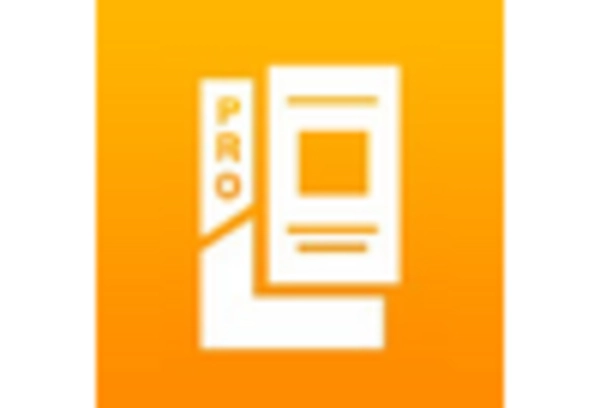
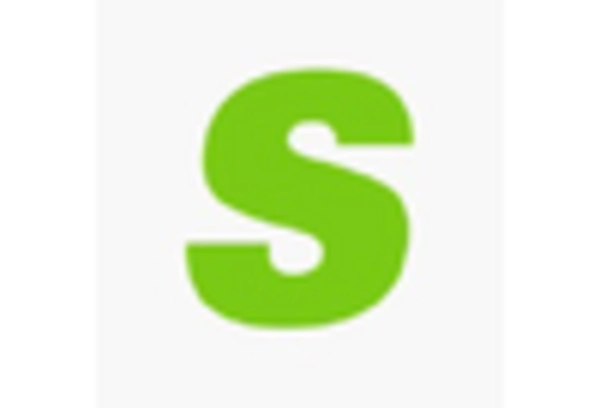








Leave a Comment